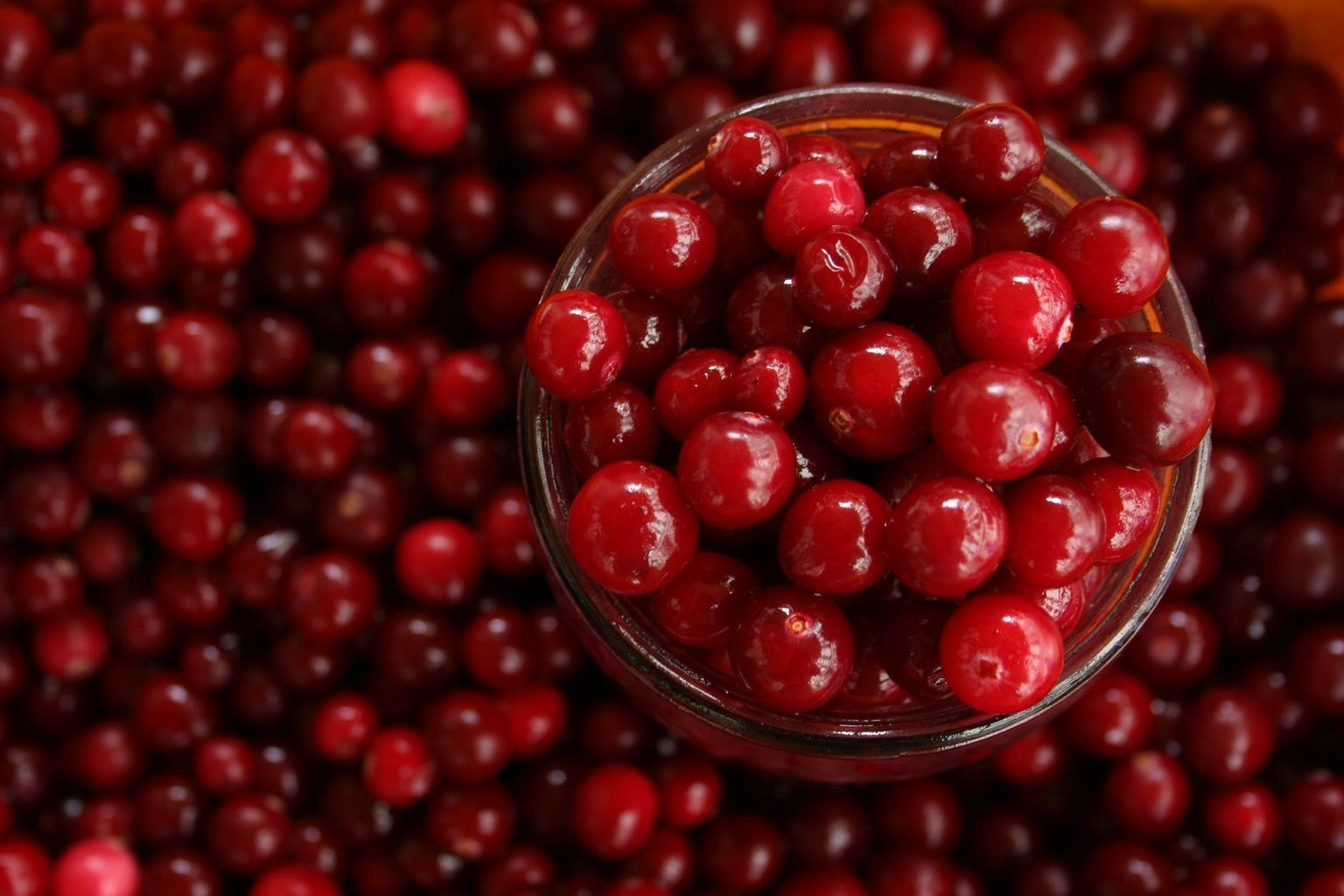In the Introduction to Drinking Away Our Cowboy Economy, we discussed the foundation of a cowboy economy, a concept brought to life by economist Kenneth Boulding. In a cowboy economy, citizens live recklessly on an assumption of abundance. In this second installment, we will dive into how water is distributed to support cranberry bogs – Massachusetts’ largest agricultural crop.
In Massachusetts, we are known for a lot of things – Fenway Park, “lobstah,” and cranberries. You may recall the Ocean Spray commercial picturing two guys in the middle of a bog discussing the brand’s infamous cranberry juice. Behind the dry humor, there is another rather noticeable feature of the ad: the water. No, this isn’t one of those videographer tricks to make it appear on film like there are more cranberries than there truly are. Every acre of cranberries requires 7-10 feet of water to meet all production, harvesting, and flooding needs. So where does the water go? To the cranberry bogs, approximately 13,250 acres of cranberry bogs, making Massachusetts the second-largest growing region in the world and cranberries the largest agricultural crop in the entire state.
We can track water usage in a cranberry bog if we wade through each step of the cranberry growth process. Cranberries are supplied water in two ways: via sprinklers or through flooding. Sprinklers provide soil moisture, protect buds from spring frosts and berries from fall frost, and cool plants during the summer heat. During the summer and into the fall, cranberries require 0.2-0.25 inches of water per acre. Vines can receive a standard recommendation of one inch of water per week in one of four ways: rain, groundwater, irrigation, or some combination of the three. Here is the first place we see water management. Cranberry growers are advised to irrigate in the early morning, allowing the plants to be properly hydrated throughout the day. This practice minimizes the expected 30% water loss from evaporation, run-off, and drift. Water also provides a blanket of protection for cranberries during two times of the year: spring and fall. During these times, it is recommended for cranberries to be supplied at least 0.1 inches per hour per acre to provide basic frost protection.

Flooding is the second method of water supply, and without it, a cranberry bog can not be profitable. Flooding enables cranberry growers to protect plants from the winter winds, harvest and remove leaves from the bog, and control pests. To avoid “winterkill” or the demise of vines and plants from severe winter weather, the vines receive a “winter flood” as early as December 1st and it is held no later than March 15th. To protect the bog from the spring frost, cranberry growers administer a flooding technique known as “late water”. Here is the second place we see water management. To encourage the reuse of water, cranberry growers will withdraw the winter flood water and then re-flood the bog in April for one month. Lastly, flooding is used for harvesting. Once cranberries turn red (they start off as white!) and the flood waters have lost their original summer heat, the bogs are flooded once more with a foot of water. Here is the third place we see water management. To conserve water the harvest process is monitored to reuse water as much as possible throughout the bog before it is released from the system. Oftentimes, water will pass from bog to bog through canals and ponds to be used by several growers.
This is the growth process for one cranberry bog. There are approximately 375 growers in the state with the average farm holding 15-20 acres of cranberry bogs. If we conduct a rough calculation to find the total amount of water needed over the course of the 16-month cranberry growing process, we would need 561,039 gallons of water to support cranberry agriculture in Massachusetts.
So do we assume abundance when farming cranberries? Do cranberry growers flood with no intentionality in mind? How does Boulding’s cowboy economy apply to the distribution of water in agriculture?
If you had asked 37 years ago, the answer would have been nothing. In fact, there was even a Supreme Judicial Court case in 1913 that established the precedent that the “proprietor may make any reasonable use of the water of the stream in connection with his riparian estate,” meaning that citizens could withdraw water as they pleased. Prompted by periods of severe drought in the 1960s-1970s, the Massachusetts legislature passed a number of statutes, the most impactful being the 1984 Water Management Act which required withdrawals larger than 100,000 gallons per day to be registered with the Massachusetts Department of Environmental Protection (MassDEP).
By instituting this requirement, MassDEP sowed the first seeds for collaboration between citizens and government officials to create agricultural and industrial standards that would benefit economic growth and protect the environment. For cranberry growers, this meant the institution of Best Management Practices (BMPs) for the development of bogs over 4.6 acres. In 1996, the University of Massachusetts Cranberry Experiment Station, CCCGA, Conservation Districts and the USDA Natural Resources and Conservation Service worked together to produce a set of Best Management Practices (BMPs) for cranberry growers. Today there exists 24 BMPs, 7 of which focus on water conservation. The implementation of these BMPs for water conservation has been so effective that for bogs utilizing BMPs, growers can plant up to 9.3 acres above their registered acres before requiring a permit from MassDEP. These BMPs range from irrigation techniques, to the construction of water control structures, to creating water recovery systems for reusage during flooding. With BMPs, cranberry growers can work together to encourage collective, collaborative action in agriculture.
Stay tuned for the third installment to learn more about the tragedy of the commons and how agricultural best management practices can mitigate this social dilemma.
Can’t get enough of HC UMass Amherst? Be sure to follow us on Instagram, listen to us on Spotify, like us on Facebook, and read our latest Tweets!




